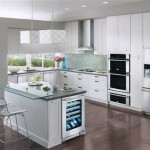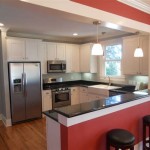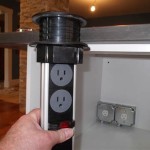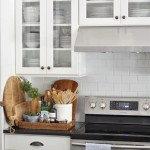Kitchen lighting is an important part of any kitchen design. Not only does it provide a way to see what you’re cooking, but it also adds to the overall ambiance of the space. With so many lighting options available, it can be difficult to decide which one is right for your kitchen.
Choosing the Right Kitchen Lighting
When it comes to kitchen lighting, you want to choose a style that will both provide enough light and complement your kitchen design. A few things to consider when selecting kitchen lighting include:
- The size and shape of your kitchen.
- The type of lightbulbs you want to use (e.g. LED, CFL, halogen, etc.).
- The amount of ambient light you want in the room.
- Your budget.
Once you have taken these factors into consideration, you can start exploring some of the different kitchen lighting ideas available.
Types of Kitchen Lighting
There are several types of kitchen lighting to choose from. Depending on your kitchen design and your lighting needs, you may want to consider one or more of the following:
- Ceiling Lights: Ceiling lights are a great way to provide general lighting in the kitchen. You can choose from a variety of styles, such as flush-mount, recessed, track, and pendant lights.
- Under-Cabinet Lighting: Under-cabinet lighting is a great way to provide task lighting in the kitchen. LED strips are a popular choice, as they provide bright, even illumination and are energy-efficient.
- Accent Lighting: Accent lighting is a great way to add a bit of drama to the kitchen. Popular options include wall sconces, recessed lights, and track lighting.
- Natural Lighting: Natural lighting is an important part of any kitchen design. If you have a window, you can use it to your advantage by adding curtains or blinds to help control the amount of light in the room.
Creating the Right Kitchen Lighting Design
Once you’ve chosen the type of lighting you want to use, you can start creating a lighting design that will suit your kitchen. Here are a few tips to help you get started:
- Start by taking measurements of the kitchen to ensure that all of your lighting fixtures will fit properly.
- Think about the different tasks you do in the kitchen, such as cooking, cleaning, and entertaining, and make sure you have enough light to do each of these tasks.
- Choose lighting fixtures that will complement the rest of your kitchen design.
- Consider using dimmer switches to control the amount of light in the room.
With a bit of planning and creativity, you can create a beautiful and functional kitchen lighting design that will make your cooking space even better.









Related Posts














